2











2 Broadcaster Press
August 2, 2016 www.broadcasteronline.com
Dave Says
Steps In The Process
Dear Dave,
My wife and I are on Baby Step 3 of your plan, and
we’re about halfway to building our fully funded
emergency fund. We don’t like our current home very
much, and we’d like to sell and move as soon as possible. We have a little over $30,000 equity in the place,
so would selling the house be a viable option for funding Baby Step 3?
Justin
Dear Justin,
I wouldn’t sell the house just to do Baby Step 3.
That’s usually a pretty easy Baby Step after you’ve
gotten everything paid off except the house. As you
know, a fully funded emergency fund means saving
three to six months of expenses, so you shouldn’t
have to sell your home in order to accomplish that.
However, if you don’t like the house anyway, and
you’re already planning on selling it, then yes, set
some of the equity aside. I wouldn’t put all of the equity into the next deal. I’d hold back my three to six
months of expenses, so that when you move into another house you’re debt-free with a fully funded emergency fund sitting there.
It sounds like there’s nothing to prevent you from
selling it today, if you’re sure that’s what you both
want to do. Just hold on to enough so that you still
have an emergency fund in place, and use the remain-
Dave
RAMSEY
Dear Jane,
You really need a starter emergency fund of $1,000
if you’re at a point in life where student loans are in
the picture. It might seem like an impossible task right
By Gov. Dennis Daugaard:
It’s almost rally time in South Dakota. What started in 1938
as a single motorcycle race in a small town has grown into one
of the largest and best-known motorcycle gatherings in the
world. This year is the 76th Annual Sturgis Motorcycle Rally,
and though we don’t expect the numbers will approach the
levels we saw last year, the rally is sure to be well-attended.
Motorcycle enthusiasts won’t just be visiting Sturgis. They
will be traveling all around the Black Hills – staying in our local
hotels and at our campgrounds, eating in our local restaurants,
shopping in our local stores and refueling at our gas stations.
Each year the rally has a big economic impact on Sturgis and
all of the Black Hills, and that creates benefits for our state too.
An event this size is not without its challenges. To help things
go smoothly, the state will create a Rally Operations Center
and a Traffic Operations Center. Local law enforcement, the
Highway Patrol and ambulance services will have additional
personnel working during the rally.
Many state agencies will provide additional staff to support
food safety, drinking water safety, fire safety, roadway safety,
emergency communications, and vendor sales tax registrations and collections. National Guard soldiers will also be prepared in the event they are needed to respond to a large-scale
disaster.
For the past 75 years, we’ve had no major emergency at the
Sturgis Rally. Our goal is to get through the 76th rally with that
record intact, but we need help.
We’re asking South Dakotans to do their part to help make
this a safe journey for our visitors. Drive carefully and be particularly mindful of the motorcycles on the road. It only takes
one mistake to alter your life and someone else’s forever. If you
live in the Black Hills area, plan extra time to reach your destinations, and be patient with law enforcement and emergency responders. If something doesn’t look right – maybe how
someone is taking photos of government buildings or measuring distances between buildings – let law enforcement know. If
you see something, say something.
For those who are attending the rally, be careful and be prepared. Wear a helmet and proper riding attire. If you are driving a vehicle, wear your seatbelt. Most importantly, don’t drink
and drive.
Riders can visit SouthDakotaRides.com for real-time information and some helpful tips. On the website there are links to
weather updates, fire danger information, Twitter feeds from
the departments of Transportation and Public Safety, and a
map of hospital, urgent care and police station locations.
One of government's primary functions is to keep people safe.
The state of South Dakota is ready to perform that responsibility and we welcome the opportunity to host so many visitors
in our great state. If South Dakotans and our visitors do their
part, it will go a long way toward helping make the 76th Sturgis
Motorcycle Rally a safe and fun event.
Sal
All Styles Reduced
Several
styles
1/2 price
Sal
Boston Shoes to Boots
e
312 W. 3rd Yankton • 665-9092
Don’t cut your
safety net!
Dear Dave,
I make $25,000 a year, and I’m single. I expect my salary to increase to $35,000 next year, so can I get by
with a $500 starter emergency fund instead of $1,000?
I have about $38,000 in debt right now, including student loans, and I don’t know how to keep up with bills
and everything if I try saving a bigger emergency fund.
Jane
The 2016 Sturgis
Motorcycle Rally
Sale
der for your down payment. So
if that equation works for you,
sell the house. If not, you may
need to completely save up your
emergency fund before you sell
in order to make it work.
Regardless, when you move I
want you to have an emergency
fund and be debt-free in addition to your down payment.
That’s what we’re after!
—Dave
e
ale
S
now, but that should be your first big goal. A written,
monthly budget will go a long way toward helping you
achieve that goal.
Making a budget for your money isn’t rocket science. It’s a simple, written planning process where
you give a name and destination to every dollar you
make before the month begins. Food, shelter, clothing, transportation and utilities are necessities, so
they come first. After you’ve taken care of those, make
sure you’re current on your debts. Once all that is out
of the way, put every spare dollar you can into your
emergency fund.
If you do this with a sense of urgency, and limit
spending to necessities, it won’t take very long. You’ll
be surprised by how quickly it can happen, and you’ll
love the newfound sense of security you’ll have in
knowing $1,000 is sitting there ready to cover life’s little emergencies!
—Dave
* Dave Ramsey is America’s trusted voice on money
and business, and CEO of Ramsey Solutions. He has
authored seven best-selling books. The Dave Ramsey
Show is heard by more than 11 million listeners each
week on more than 550 radio stations and digital outlets. Follow Dave on Twitter at @DaveRamsey and on
the web at daveramsey.com.
Weekly Column: Drought
Affecting South Dakota
Farm And Ranch Operations
By Sen. Mike Rounds
Agriculture in South Dakota accounts for more than half of our economic output each year,
and is our state’s number one industry. We are one of the nation’s leading producers of sunflowers, corn, wheat and soybeans, and our farmers and ranchers work tirelessly to help feed
and fuel a growing global population. Unfortunately, our ag producers have been hit hard this
summer with abnormally dry conditions. Farmers across the state are struggling to keep their
crops healthy.
According to the National Weather Service, parts of South Dakota are experiencing extreme
drought conditions which will likely worsen or remain the same through the summer and into
fall. For farmers and ranchers, this means water is limited for irrigation and livestock needs,
hay production is at a standstill, and dry conditions are causing wildfires, particularly in the
western part of the state.
Producers experiencing hardship due to the drought do have options available to them if they
live in a county that has been designated as a primary or contiguous disaster area. To receive
a disaster designation, the U.S. Department of Agriculture (USDA) has outlined a specific set of
conditions: the county must meet a D2 “severe drought” intensity for eight consecutive weeks
or more, as reported by the U.S. Drought Monitor.
So far in 2016, USDA has designated Meade, Lawrence, Harding, Butte, Custer and Pennington
counties as primary disaster areas, and Butte, Haakon, Perkins, Ziebach, Custer, Jackson, Fall
River and Shannon counties as contiguous disaster counties due to worsening drought conditions. This makes these counties eligible for certain assistance from the Farm Service Agency
(FSA). Farm and ranch operators seeking assistance in these counties should visit www.usda.
gov, or the local FSA office, to find more information on the types of disaster assistance available.
This summer’s drought also underscores the importance of the federal crop insurance program. Crop insurance is an important safety net that provides South Dakota producers with
much-needed certainty from Washington, D.C., when natural disasters strike. I opposed efforts
to cut the important program during last year’s budget negotiations and worked with leadership to make sure the proposed cuts were restored. I will continue working to protect it in any
upcoming discussions.
Unfortunately, we can’t control the weather. In South Dakota, our agricultural producers know
to plan ahead for potential periods of drought and work to mitigate losses. We often have hot
and dry weather conditions in the summer months, but this year’s drought has proven to be
intense and ongoing. While western South Dakota is experiencing extreme drought conditions,
the central and northeastern areas of South Dakota are having abnormally dry weather this
summer as well.
The National Weather Service Climate Prediction Center expects drought conditions to continue into October. If you are in an area of our state that has been seriously affected by the
drought and need disaster assistance, please reach out to USDA or FSA. My office can also work
to put you in touch with individuals at those agencies who can help. Don’t hesitate to reach out
to one of my state offices for assistance.
Highway Patrol Plans Sobriety
Checkpoints In August
Sobriety checkpoints will be held in 17 South Dakota counties during the month of August.
The checkpoints are conducted by the South Dakota Highway Patrol. The checkpoints are
used as a way to discourage motorists from drinking and then driving. In August, the Patrol has
scheduled 24 checkpoints in the 17 different counties.
Counties scheduled for checkpoints in August are: Bennett, Brookings, Brown, Brule, Butte,
Codington, Custer, Davison, Day, Hughes, Lake, Lawrence, Minnehaha, Pennington, Roberts,
Spink and Yankton.
The South Dakota Highway Patrol is part of the Department of Public Safety.
www.broadcasteronline.com
In Vermillion
Serving Clay, Union,
Turner Counties in
South Dakota
&TRENCHING
• Residential • Commercial • Farmstead
• New Construction/Remodeling • Trenching
(605)661-6897 • agk_electric@yahoo.com
GUN SHOW
Aug. 12th, 13th, & 14th
Convention Center
Sioux City, IA
Open to public
$7 admission
Fri. 4 p.m. - 9 p.m.
Sat. 9 a.m. - 5 p.m.
Sun. 9 a.m. - 3 p.m.
For more info: (563) 608-4401
Providing Supportive
Services to Victims of
Abuse Confidentially
and Free of Charge
No One Deserves to be Abused. HELP is Available. (605)624-5311
Softball
Mentality
By Daris Howard
My wife called me in from
the garden for what she said
sounded like an urgent phone
call. When I said hello I heard
the voice of my neighbor, Tim.
“Daris,” he said, “I understand
that you used to pitch for our
community softball team a
few years back.”
“More like a hundred years
back,” I replied. “Back in the
time of the dinosaurs.”
“Here’s our problem,” he
said. “The only pitcher we
have is out of town. We had a
lot of guys try to pitch at practice last night, and frankly,
they stunk. The balls were too
high, too low, inside, and outside, but never in the strike
zone.”
“That doesn’t sound good.”
“It wasn’t. And to make matters worse, we barely have
enough to field a team, so if
we put someone in to pitch,
they have to come from another position, leaving it vacant.”
“But I haven’t pitched for a
long time,” I replied.
“All of the older players on
our team were talking about
how good you were. They
said you put a beautiful spin
on the ball and made it drop
through the strike zone at the
last second, causing the batter to strike and miss, or to
not swing, thinking it would
be a ball.”
I had been quite good when
I was younger. We had played
for the championship multiple times with me as pitcher.
But I finally had to give up
softball. As my family grew,
so did the time commitment
I needed for them. I thought
about it for a moment, and realized with my children mostly grown, I could probably try
my hand at softball again. But
would I be able to pitch like I
used to?
“I’m willing to give it a try,” I
said. “But I would like to have
some practice.”
“We won’t be practicing
again before the game tomorrow,” Tim replied. “But if you
want to come early, I’ll be
happy to catch for you.”
That was the best we could
do, so we agreed to meet an
hour early. As we practiced, I
was disappointed in my skills.
Only about fifty percent of the
balls dropped through the
strike zone. If I tried to put
on my old spin, it was about
thirty percent.
When I mentioned my inadequate percentages, my
neighbor encouraged me. “It’s
better than anyone did last
night.”
When the game started, the
other team won the toss and
took the field first. I only got
one chance to hit in the first
inning, and I popped a ball to
center for our first out. We
didn’t score at all.
We moved to the field, and
I went to pitch. I walked the
first three batters. My team
called out encouragement,
though I could tell they were
frustrated with me. The
fourth batter caught my pitch
and drilled the ball right back
at me. It hit me in the forehead and I flipped onto my
back, hitting my head on the
ground. My team was able to
stop the last two runners after two had scored. Then they
gathered around as I lay on
the ground.
“We’re all friends,” Tim said
to me. “You can swear if you
want.”
“He’s too religious to swear,”
Rob said. He then asked,
“Daris, do you want me to
swear for you?”
They were concerned that I
couldn’t continue, but I knew
they were counting on me,
so I pulled myself to my feet.
I swayed a little, but eventually stood steady. Everyone
moved back to their positions.
The next batter was one of
the other team’s best, and he
pounded the plate with his
bat, grinning at me as he did.
I threw a beautiful pitch with
a perfect spin. He struck and
missed. There were two more
beautiful pitches and two
more strikes. I struck out the
next two batters as well. From
that point I pitched an almost
flawless game. I struck out
more than half of the other
team’s batters, and those who
did hit popped it to an immediate out. We won six to two.
As the team gathered around
to congratulate me after our
win, Rob said, “Next time
Daris pitches for us, let’s just
hit him in the head to start
with so he pitches well right
from the start.”
Consider it...
LARGE
SELECTIO
N
GUNS & A OF
MMO
FOR SALE
!
Sold!
Classifieds


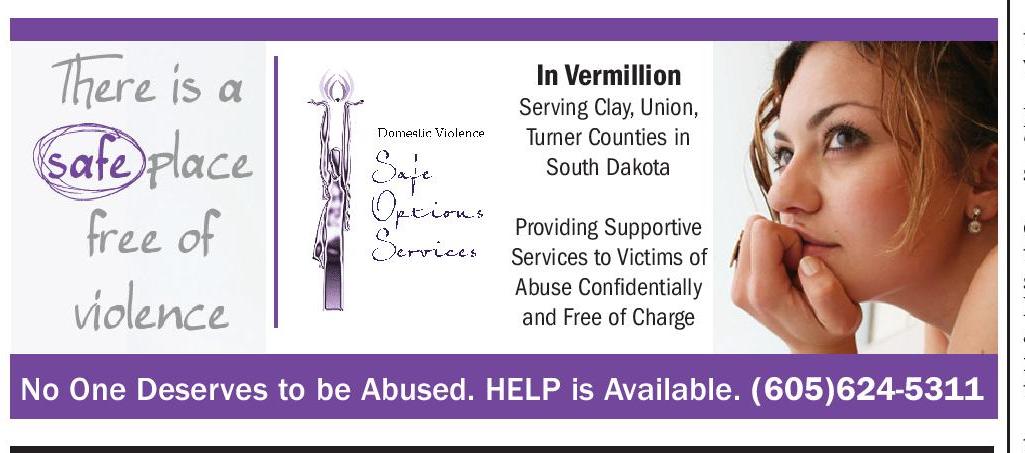



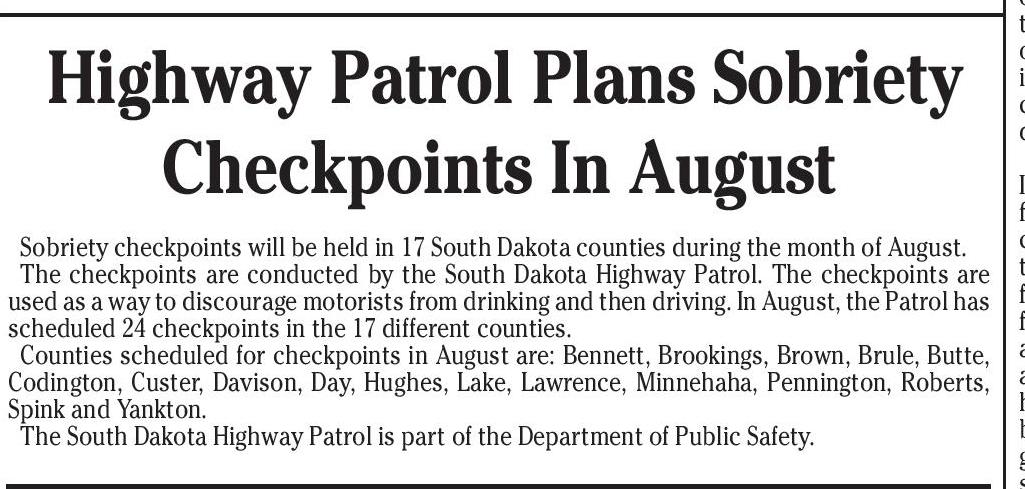


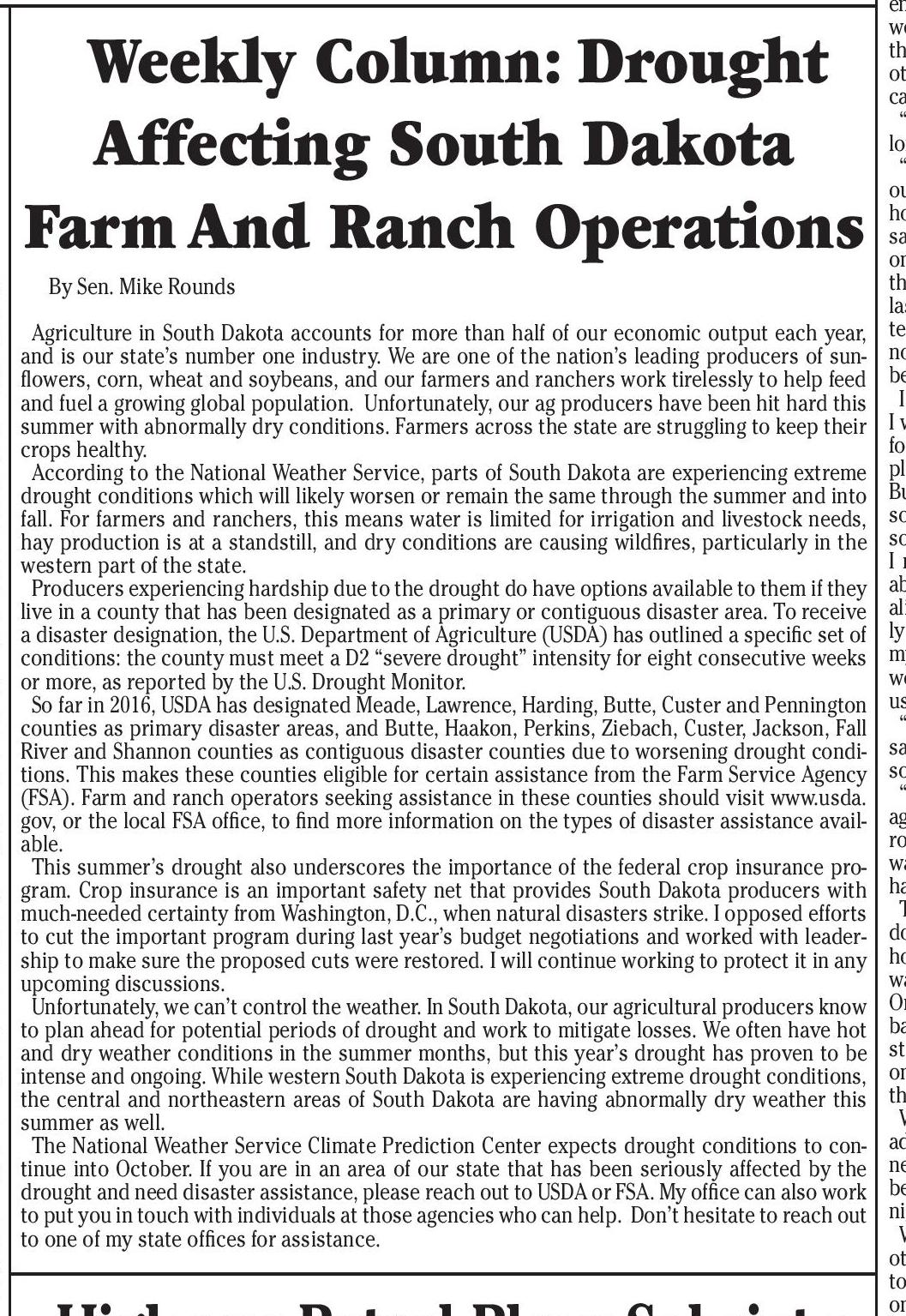
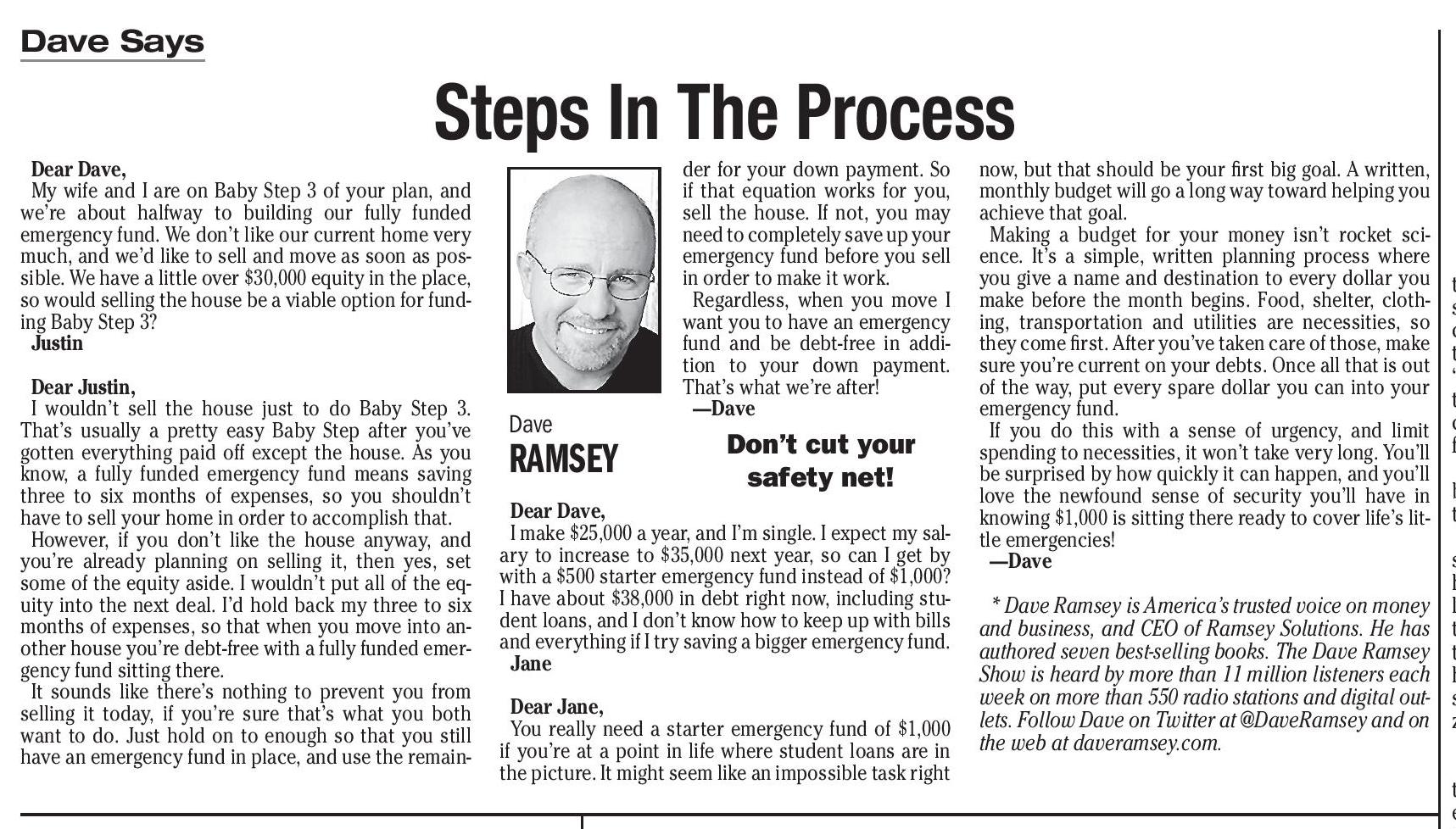




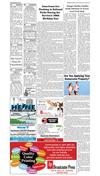










 Previous Page
Previous Page






